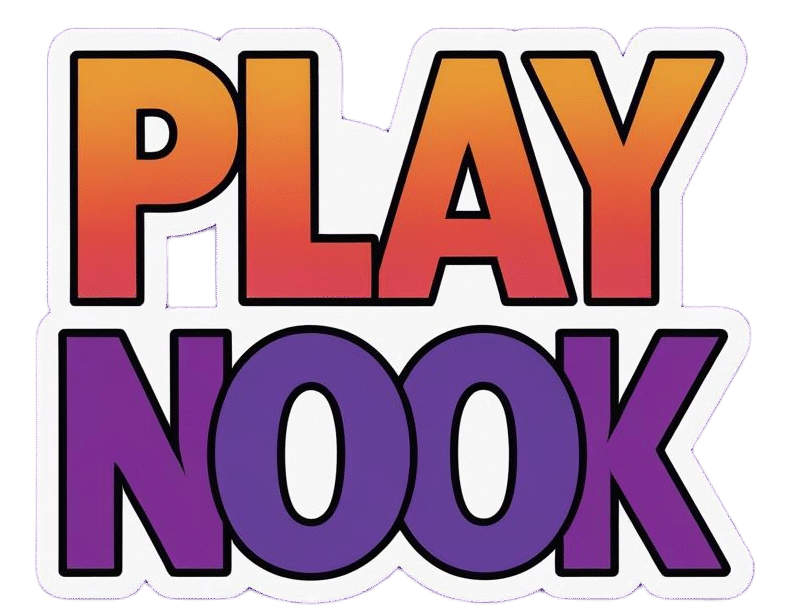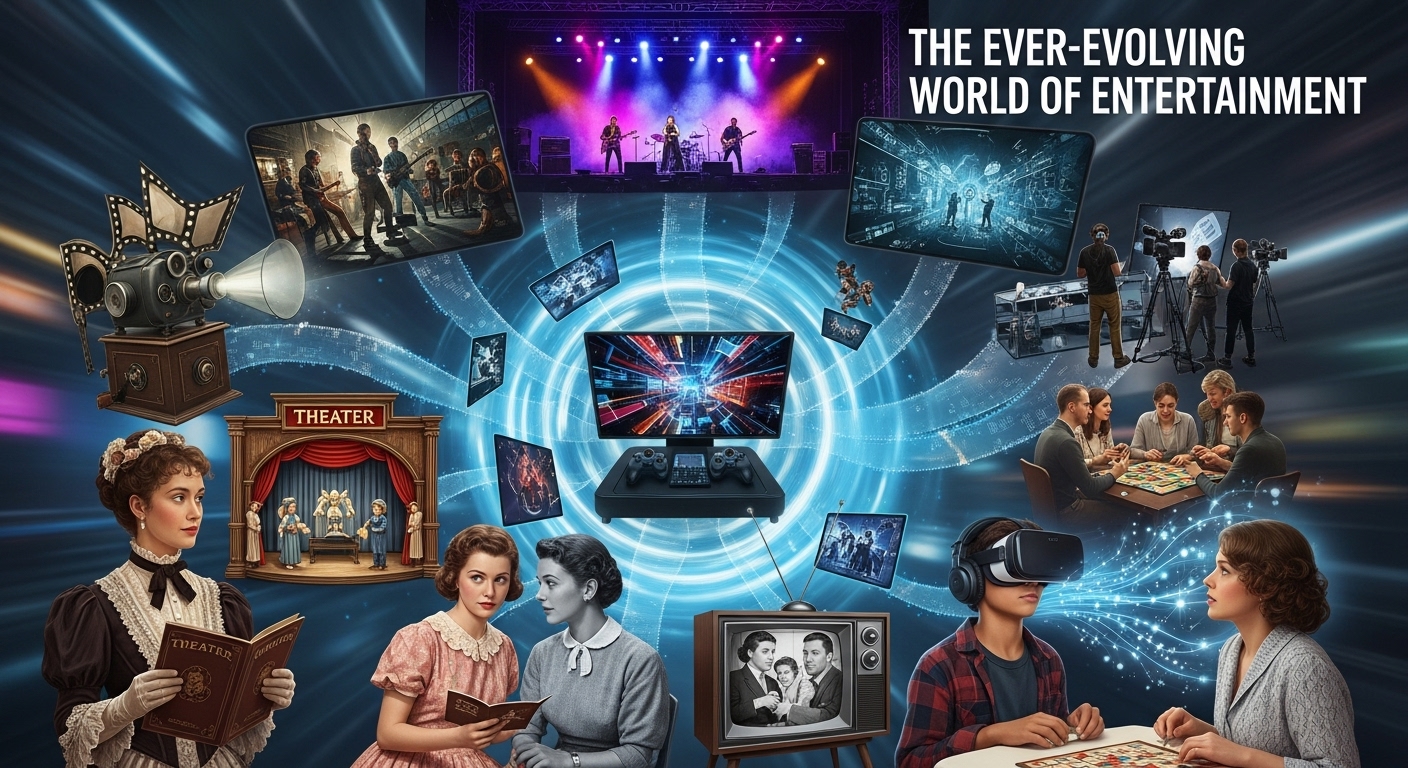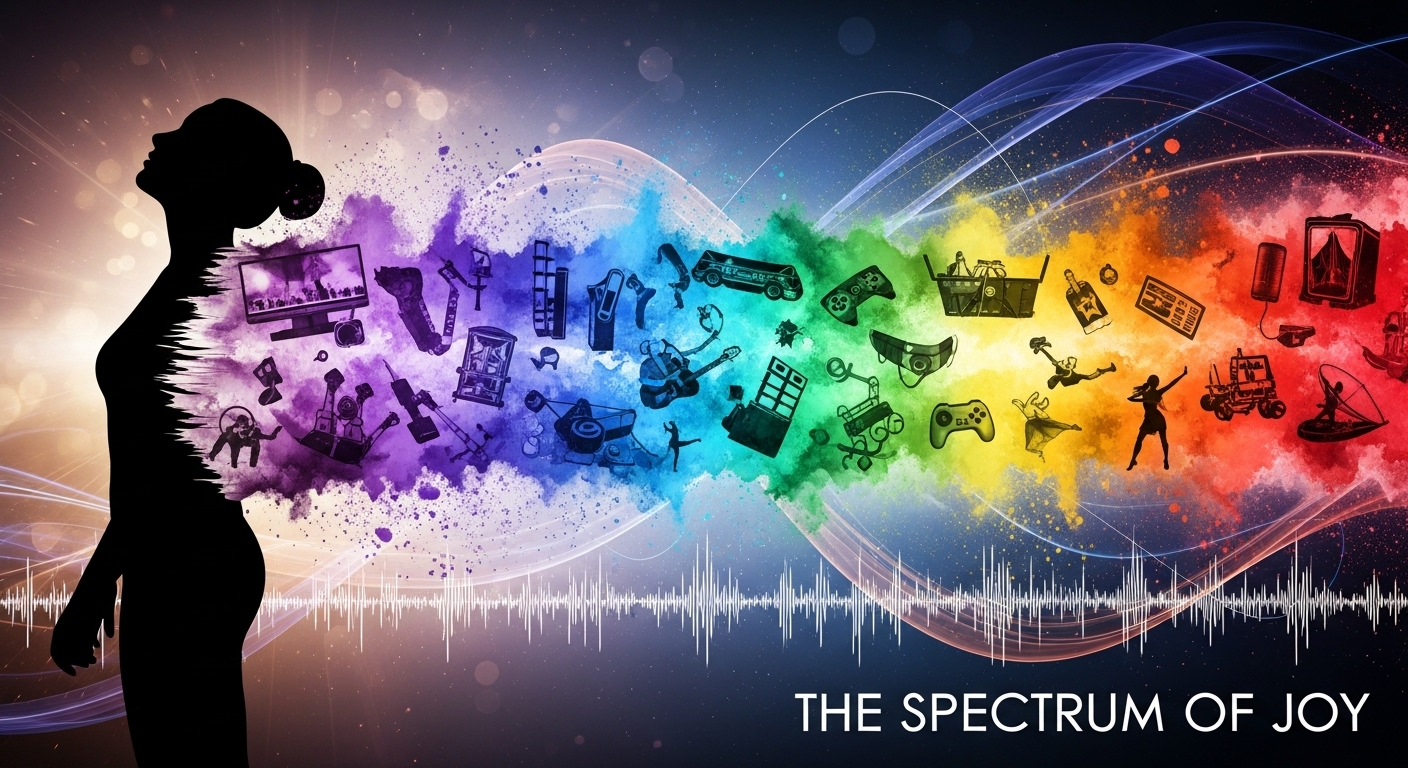Introduction
Entertainment has been the heartbeat of humanity since the beginning of civilization. It defines cultures, connects generations, and shapes the way people experience life. From ancient forms of storytelling to the high-tech marvels of modern media, entertainment has transformed alongside human progress. It reflects who we are, what we value, and how we express our emotions. Whether it’s a movie that moves us to tears, a song that stays in our minds for days, or a live show that takes our breath away, entertainment has always been about creating shared experiences that transcend boundaries.
In today’s fast-paced and interconnected world, entertainment has evolved into one of the most powerful forces shaping global society. It influences fashion, language, politics, and even how people perceive reality. It is no longer just a pastime but a thriving ecosystem that drives creativity, innovation, and economy. From Hollywood films to independent web series, from stadium concerts to virtual reality worlds, entertainment today exists in countless forms, catering to every possible taste and mood.
The Roots of Human Expression
Before there were screens or speakers, there were stories. Early humans painted scenes on cave walls and gathered around fires to share tales of courage, love, and mystery. These were the first forms of entertainment, blending imagination with community. Over time, storytelling developed into music, dance, and theater — expressions of human emotion that required no translation. Ancient civilizations across the world had their own traditions of performance, often connected to religion, nature, or celebration.
In Greece, theater became a cultural cornerstone, exploring complex human emotions through tragedies and comedies. In India, classical dance and musical performances were not just art forms but spiritual experiences. In China, operas combined colorful costumes, song, and acrobatics to depict legends and moral lessons. These early forms of entertainment were more than diversions — they were ways to communicate beliefs, values, and histories to future generations.
The Emergence of Public Entertainment
As societies grew more organized, entertainment became more structured. The construction of amphitheaters, circuses, and public arenas reflected the growing importance of communal enjoyment. In ancient Rome, gladiator games and theatrical performances drew thousands of spectators. In medieval Europe, festivals, fairs, and royal courts hosted performers, musicians, and jesters who entertained the masses and elites alike.
By the Renaissance, entertainment had become an art form in itself. The invention of printing expanded access to literature, allowing stories and plays to reach a wider audience. Theaters flourished, most notably in Elizabethan England where playwrights like William Shakespeare transformed drama into a reflection of human complexity. The combination of words, movement, and music created emotional worlds that resonated deeply with audiences — a foundation upon which modern entertainment would later build.
The Birth of Modern Media
The industrial age brought technological innovation that forever changed entertainment. The printing press made books more accessible, but it was the invention of photography, phonographs, and film that transformed entertainment into a global industry. In the late 19th and early 20th centuries, cinema emerged as a revolutionary art form. Silent films captivated audiences with expressive storytelling that required no dialogue. When sound was introduced, cinema became an even more immersive experience.
The film industry soon evolved into a cultural powerhouse. Hollywood became synonymous with glamour and creativity, producing movies that shaped ideals, dreams, and social trends. The influence of cinema extended far beyond the screen — it defined generations, introduced fashion trends, and influenced how people thought about love, heroism, and justice. Around the same time, radio became a household companion, broadcasting news, music, and dramas that connected families to the wider world.
The Television Era
When television arrived in the mid-20th century, it revolutionized entertainment once again. For the first time, people could experience live broadcasts, news, and performances from the comfort of their homes. The living room became the center of entertainment, where families gathered to watch their favorite shows. Television blended visual storytelling with immediacy, allowing audiences to feel connected to global events and pop culture in real time.
Television quickly became a cultural phenomenon. Sitcoms, soap operas, game shows, and news programs captured public attention. Iconic shows defined entire decades, and television stars became household names. Beyond entertainment, TV also became a tool for education, awareness, and social influence. It exposed audiences to different cultures, perspectives, and lifestyles, subtly shaping social attitudes along the way.
The Rise of Music as Global Entertainment
Music has always been one of the purest forms of human expression. It speaks directly to the emotions, bypassing logic and language. The evolution of recorded music changed how people experienced art. With the invention of records, cassettes, and later CDs, music became portable and personal. The rise of radio and music television further amplified its reach, creating global icons whose songs united millions.
Each era brought its own defining sound. Jazz symbolized freedom and experimentation, rock and roll became the voice of rebellion, pop music defined mass culture, and hip-hop gave expression to social realities and creativity. Music festivals became global events that celebrated diversity and creativity. Today, digital streaming platforms have made music more accessible than ever, allowing artists to reach audiences worldwide without traditional barriers.
The Transformation of Film and Storytelling
Cinema continued to evolve through technological breakthroughs. The introduction of color, advanced visual effects, and digital editing opened new creative possibilities. Filmmakers began experimenting with storytelling techniques, creating deeper narratives and more complex characters. Movies became more than entertainment; they became art, philosophy, and social commentary.
Blockbusters introduced spectacle and scale, while independent films explored emotion and realism. The diversity of cinema reflected the diversity of humanity. From animated masterpieces to historical epics, from comedies to psychological thrillers, film remains a mirror to society’s imagination. Today, streaming services have made films more accessible than ever, giving audiences the power to choose what they watch and when.
The Internet and the New Age of Digital Entertainment
The internet revolution changed everything. It broke down the barriers between creators and audiences, transforming entertainment into an interactive, personalized experience. Online platforms gave rise to content creators, vloggers, and influencers who could reach millions without traditional media gatekeepers. Social media became both a stage and a marketplace for creativity, where entertainment blended with everyday life.
Streaming platforms became the new movie theaters, music halls, and television networks combined. Audiences now have instant access to vast libraries of content — from films and series to documentaries, podcasts, and live events. The concept of fame changed as well. Digital celebrities, gamers, and creators gained global recognition, shaping trends and influencing culture as much as traditional stars.
This democratization of entertainment also redefined creativity. Anyone with a smartphone could become a filmmaker, musician, or performer. Audiences became active participants rather than passive consumers, sharing opinions, remixes, and fan creations that further extended the life of original content.
The Gaming Revolution
One of the most significant transformations in entertainment has been the rise of gaming. What started as simple arcade games evolved into one of the largest and most innovative entertainment industries in the world. Video games combine storytelling, art, music, and interactivity in a way no other medium can. They allow players to become part of the narrative, making choices that influence outcomes and creating deeply personal experiences.
Gaming also gave birth to competitive esports, where professional players compete in front of millions of spectators worldwide. Esports tournaments now rival traditional sports in popularity, and gaming communities have become social spaces where people connect, collaborate, and express creativity. Virtual and augmented reality are pushing the boundaries even further, offering immersive experiences that blur the line between digital and physical worlds.
The Influence of Celebrity and Fame
Entertainment has always been driven by stars. Celebrities embody talent, beauty, and charisma that capture public imagination. In the past, fame was tightly controlled by studios, record labels, and media companies. Today, the internet has democratized fame. Social media platforms allow artists to engage directly with fans, building personal connections that were once impossible.
Celebrities today are not only performers but also influencers, entrepreneurs, and activists. They use their platforms to promote causes, launch businesses, and inspire change. The relationship between entertainers and audiences has become more interactive and intimate, but also more demanding. The constant visibility that comes with fame in the digital age can be both empowering and exhausting, as public attention never truly fades.
Entertainment as a Reflection of Society
Entertainment mirrors the world we live in. It captures social struggles, celebrates victories, and questions norms. Films and music often become the voices of movements for justice, equality, and freedom. Storytelling allows society to process emotions, challenge injustices, and imagine better futures. Every era of entertainment reflects the values and concerns of its time — from war films that explore human resilience to comedies that offer relief from chaos.
Representation has become a key focus in modern entertainment. Audiences demand authenticity, diversity, and inclusion. Stories from different cultures and communities are finally gaining global attention, enriching the creative landscape and helping build empathy across borders. Entertainment’s greatest strength lies in its ability to connect people who may never meet but share the same emotional experiences.
The Economics of Entertainment
Behind every performance, film, or song is a complex network of industries that generate enormous economic impact. Entertainment is not just about creativity — it is also big business. It fuels tourism, fashion, technology, and advertising. Events like concerts, film festivals, and award shows attract global attention and investment.
The digital revolution has transformed revenue models. Subscriptions, digital downloads, and online advertising have replaced traditional box office and physical sales. Independent creators can now earn directly from their audiences, while corporations invest heavily in digital content to capture attention in an increasingly crowded market. The competition for audience engagement has made storytelling and innovation more important than ever.
The Emotional Power of Entertainment
At its core, entertainment is about emotion. It makes people feel alive, connected, and understood. Whether it is laughter from a sitcom, tears from a film, or excitement from a live concert, the emotions we experience through entertainment are universal. They remind us of our shared humanity.
Entertainment offers escape during difficult times and inspiration when hope feels distant. It brings joy, sparks imagination, and fosters empathy. The connection between creators and audiences is a powerful bond built on shared emotion and trust. This emotional resonance is what keeps people coming back, generation after generation, seeking stories and songs that touch their hearts.
The Future of Entertainment
The future of entertainment will be shaped by technology, creativity, and global collaboration. Artificial intelligence, virtual reality, and immersive storytelling are creating new possibilities that were once unimaginable. Audiences will not just watch stories — they will live them, interact with them, and even influence their outcomes.
Personalized entertainment powered by algorithms will continue to evolve, tailoring content to individual preferences. However, even in a world driven by technology, the essence of entertainment will remain human. It will always rely on emotion, imagination, and connection. The tools may change, but the desire to tell stories and share experiences will endure.
Conclusion
Entertainment is more than an industry — it is a reflection of humanity’s endless creativity and curiosity. It has journeyed from ancient rituals to digital revolutions, from tribal dances to virtual concerts, from handwritten plays to artificial intelligence-generated art. Every evolution has expanded its reach, deepened its impact, and enriched our understanding of what it means to be human.
In every form, entertainment binds people together. It teaches, inspires, heals, and unites. It reminds us that no matter how different our languages, cultures, or experiences may be, we all laugh at the same jokes, cry at the same heartbreaks, and cheer for the same victories. As technology continues to push boundaries, entertainment will remain the one thing that connects hearts and minds across time and space — a timeless celebration of imagination, emotion, and life itself.



